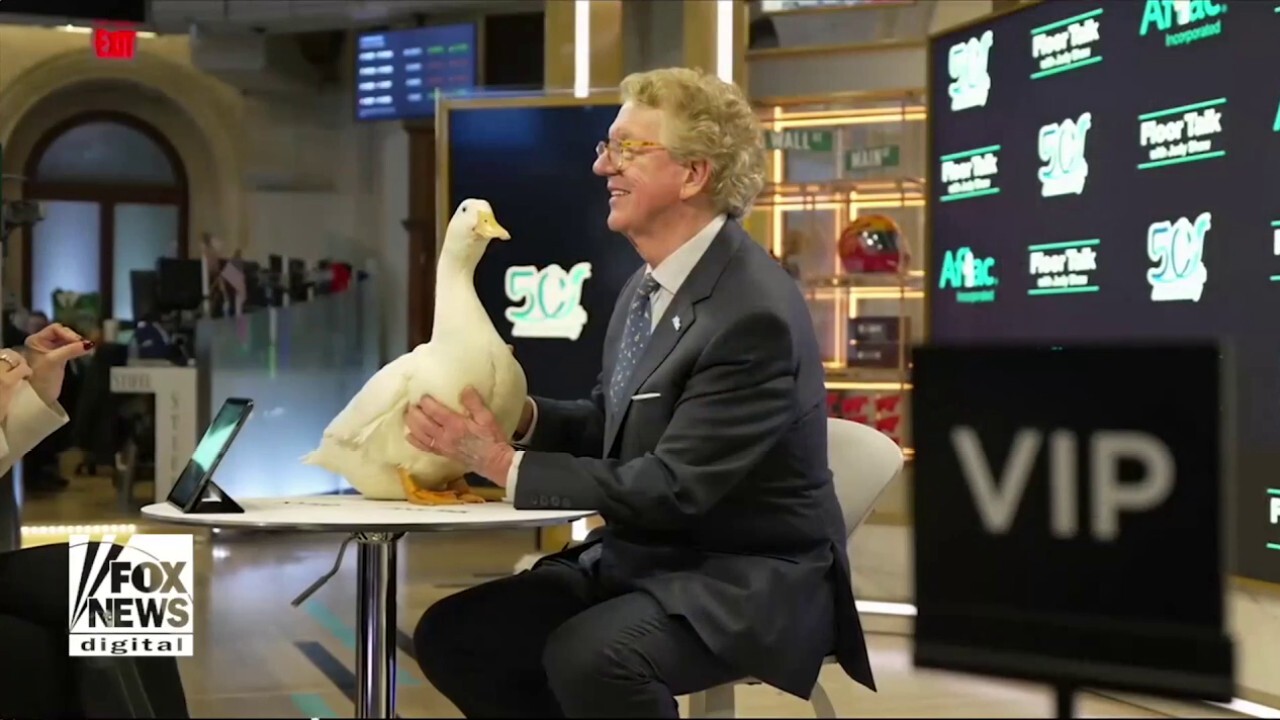Celebrating a Quirky Milestone: The Aflac Duck’s 25 Years of Charm
For a quarter-century, the Aflac Duck has quacked its way into American pop culture, becoming one of the most recognizable advertising mascots in history. Since its debut in 1999, the irrepressible white duck has transformed Aflac from a relatively obscure insurance provider into a household name, thanks to its humorous, high-energy commercials. The campaign’s success lies in its simplicity—a duck shouting “Aflac!” to frustrated humans—blending humor with brand recall. As the mascot marks its 25th anniversary, experts analyze its cultural impact and what’s next for this feathered phenomenon.
The Birth of an Icon: How the Aflac Duck Took Flight
Created by the Kaplan Thaler Group, the Aflac Duck first appeared in a commercial where it repeatedly yelled the company’s name at a couple arguing over insurance. The concept was born from research showing that only 12% of Americans could identify Aflac in 1998. “We needed something disruptive,” said Linda Kaplan Thaler, the campaign’s creator. “The duck wasn’t just cute—it was a mnemonic device.”
By 2000, brand recognition skyrocketed to 90%, with sales increasing by 29% in the first year alone. The duck’s voice, provided by comedian Gilbert Gottfried until 2011, became inseparable from the brand. Aflac’s CFO, Fred Crawford, noted, “The duck didn’t just advertise our products; it became the product in consumers’ minds.”
Cultural Impact and Marketing Genius
The Aflac Duck transcended advertising, appearing in parodies, TV shows, and even a Macy’s Thanksgiving Day Parade float. A 2022 Nielsen study found it ranked among the top 5 most beloved ad mascots, alongside Geico’s Gecko and Progressive’s Flo. Its success hinged on:
- Consistency: The duck’s core message—simplifying insurance—never wavered.
- Adaptability: Campaigns evolved, featuring celebrities like Yogi Berra or tackling serious topics like childhood cancer.
- Emotional Connection: The duck’s humor made a mundane product relatable.
Marketing professor David Aaker of UC Berkeley explained, “Aflac cracked the code by combining repetition with charm. The duck’s antics created positive associations, which is gold in insurance—a sector often seen as impersonal.”
Challenges and Controversies
Not all moments were celebratory. In 2011, Gottfried was fired after insensitive tweets about Japan’s tsunami, prompting Aflac to prioritize brand safety. The company also faced criticism for oversimplifying complex insurance products. “There’s a risk of the mascot overshadowing the message,” admitted Aflac’s CMO, Shannon Watkins. “We’ve worked to balance entertainment with education.”
Despite this, the duck’s appeal endured. When Aflac introduced a robotic duck in 2020 to reflect tech innovation, social media engagement jumped by 40%, proving its adaptability.
What’s Next for the Aflac Duck?
As Aflac eyes Gen Z and millennials, the duck is set for digital reinvention. Leaked reports suggest plans for AI-driven personalized ads and a potential NFT collection. “The mascot must evolve without losing its essence,” said futurist Amy Webb. “Think viral TikTok challenges or virtual assistants.”
Aflac’s CEO, Dan Amos, remains bullish: “For 25 years, the duck’s reminded people we’re here to help. The next 25 will be about making that help faster, smarter, and even more memorable.”
Conclusion: A Legacy of Laughs and Loyalty
The Aflac Duck’s journey from a quirky sidekick to a cultural icon underscores the power of creative branding. As it waddles into the future, one thing’s certain: its unmistakable quack will continue echoing across ad history. For marketers, the lesson is clear—sometimes, the silliest ideas leave the most serious impact.
Want to revisit classic Aflac Duck commercials? Explore their official website for a nostalgic trip through 25 years of feathered fame.
See more Business Focus Insider Team

